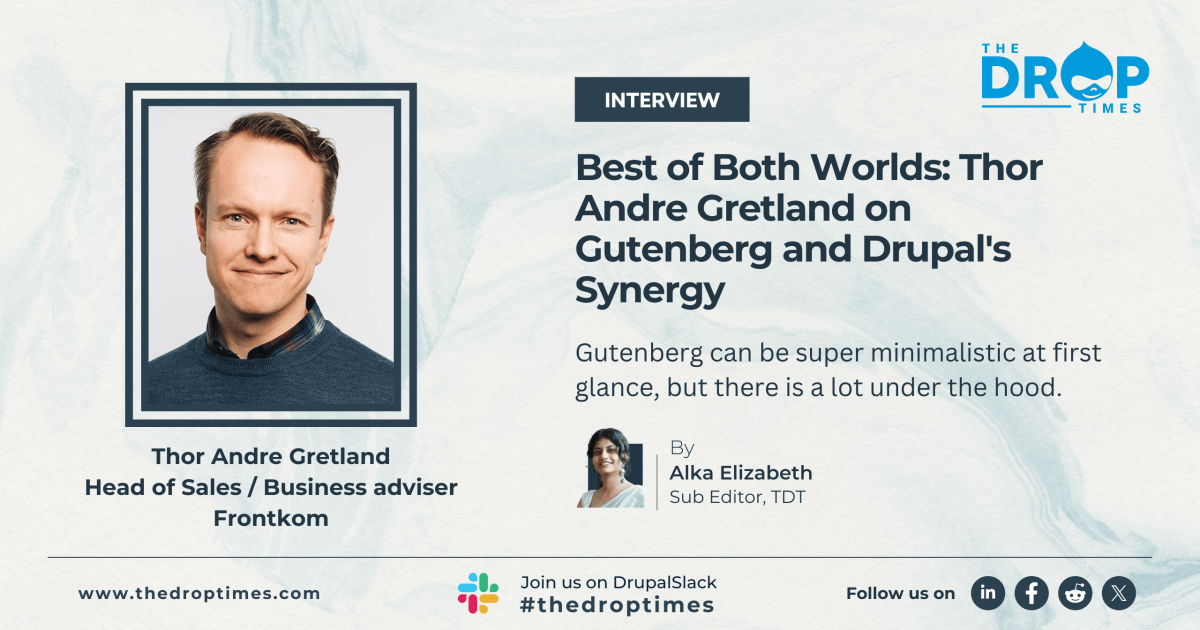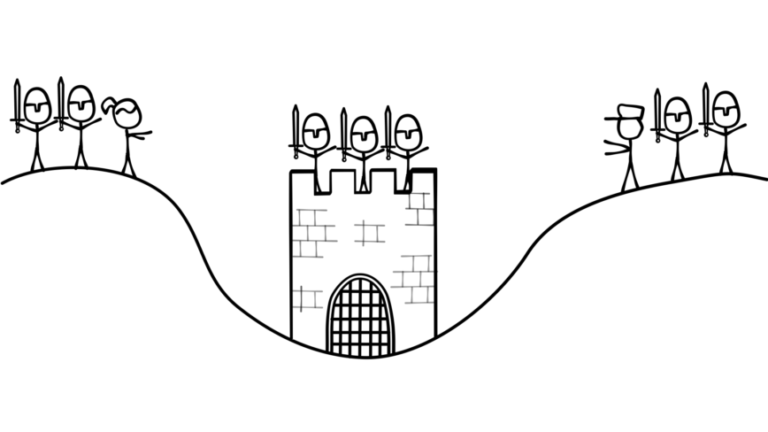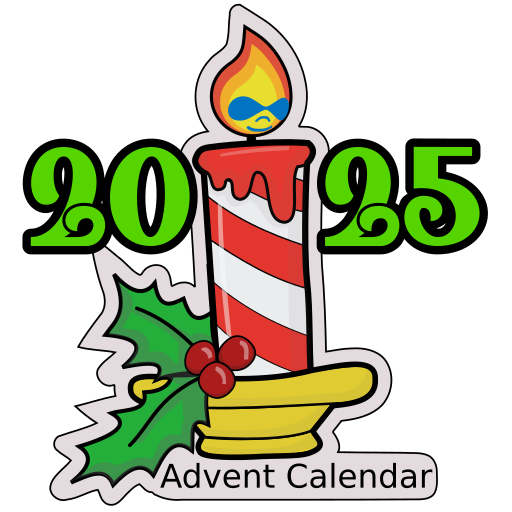
Thor Andre Gretland: It can be used in combination with both Paragraph and Layout Builder. We are now working on a new major release for Drupal Gutenberg that will support single-field editing features. Currently, you use Gutenberg as a more or less full node for takeover. That will still be relevant, but for some content types and entities, it makes sense to use Gutenberg just for parts of it. Single-field editing will make that possible. And that feature also makes it possible to actually combine Layout Builder and Gutenberg—as in using Gutenberg within parts of the Layout Builder UI. Thor Andre Gretland, the dynamic Head of Sales and Business Advisor at Frontkom, recently sat down with The DropTimes to share his extensive knowledge about the groundbreaking Drupal Gutenberg project. With a wealth of experience in both WordPress and Drupal, Thor Andre has been a key figure in transforming the Drupal ecosystem by integrating Gutenberg’s modern editing capabilities.
Being solid, secure, flexible, and open-source is simply not enough anymore. We specifically see that we get a lot of interest and customers because of the appeal we show on top of the solid foundation of Drupal. Our customers do not choose Gutenberg alone—but with Drupal combined—the best of both worlds.
TDT [13]: With the emergence of various page builders for Drupal, could this lead to potential content interoperability or migration challenges in the future?Thor Andre’s insights provide a deep dive into the collaboration between the WordPress and Drupal communities, highlighting the shared goals and healthy competition that define open-source CMS development. The discussion covers critical issues such as the challenges Gutenberg addresses, its core developers, and its unique advantages within the broader Drupal landscape. Readers can also gain valuable perspectives on content interoperability, SEO implications, and Drupal’s evolving role in digital marketing.Thor Andre Gretland: Yes—and in most cases, this is super positive. If you turn off Gutenberg, you still have your content visible on the site and ready for any migration in the future. Some parameters might need to be mapped, but for many migration projects into a new web project or system, migrating the actual content(markup) is more than enough—and that gives a great return on investment. In this thoughtful conversation led by sub-editor Alka Elizabeth Babu, Thor Andre details how Frontkom’s vision for Drupal aligns seamlessly with the platform’s community-driven ethos. The interview offers a nuanced exploration of how Gutenberg enriches the Drupal content creation experience, setting it apart from established solutions like CKEditor, Layout Builder, and Paragraphs.This engaging interview, packed with Thor Andre’s forward-thinking ideas and in-depth analysis, is a must-read for anyone interested in the future of Drupal, the open-source community, and the evolving world of digital content management.
We’re also using Gutenberg in a headless setup for larger websites for universities and so on. But the process to get there can be improved. So that is also something we’re working on for hopefully Drupal Gutenberg v.4.0, where we’d like the option to store the data in a JSON storage field in addition or replacement for the body field.
TDT [9]: Are there any SEO implications to be aware of when using Gutenberg for Drupal? How does Gutenberg ensure that pages remain SEO-friendly?
TDT [7]: What are some of the best use cases for implementing Gutenberg in a Drupal site? Are there specific types of websites or projects where Gutenberg shines?
Thor Andre Gretland: Frontkom has always been a strong believer in contributing to the open-source community and giving back to the platforms we rely on. Drupal Gutenberg is a prime example of this. We saw an opportunity to bridge the gap between the powerful features of Drupal and the modern editing experience offered by Gutenberg. This approach has attracted a lot of interest from both the Drupal and WordPress communities, showcasing the potential of collaboration within the open-source CMS landscape. Drupal is a great fit for larger websites, and the open-source space can compete with the larger proprietary systems by simply being easier to use. All complicated systems are difficult to use – because they are complex and because good UX is not an on/off parameter. It can always be improved and related to budgets, of course. But to be able to improve it with a good return on investment, you need a flexible platform. This is where Drupal shines.Thor Andre Gretland: Traditionally, Drupal relied on CKEditor for content editing, which lacked the intuitive experience of modern editors. Additionally, managing complex layouts often involves cumbersome processes.TDT [5]: The Drupal ecosystem has options like DXPR and Acquia Site Studio. How does Gutenberg differentiate itself, and in what use cases is it a particularly strong fit?
Thor Andre Gretland: Yes, I think it is already doing that. Outstanding individuals strive to be victorious. Being a winner entails eliminating distractions and elements in your professional life that deviate your attention from crucial tasks, a fact well-known to many. Consequently, we observe that leaders are honing their focus on finding solutions that effectively meet business needs and facilitate goal attainment rather than merely checking off technical requirements.
Thor Andre Gretland: Gutenberg tends to have what I want to call an extreme range of complexity. What I mean here is the focus on the “range” term. It can be super minimalistic at first glance, where you actually start with a white canvas. But under the hood, you have hundreds of features out of the box that you can choose to activate or not. Thor Andre Gretland: I definitely see it as a bridge. And both communities have a lot of things to learn from each other. The healthy competition part will always be there. The moment one community introduces something new, the others will follow and learn. And that alone is why I believe open source will win in the end. You’re not only learning on a conceptual level but can study the source and the ecosystem around it. After that, you can just do and build without anyone stopping you. If we needed to ask either Drupal or WordPress as an authority to use Gutenberg as we do, we might have gotten a “no”. And in a proprietary scenario, you probably would. Or: the chance is high that if someone failed, you would conclude that it didn’t work, and you would move on. That bridge would be burnt.
Thor Andre Gretland: The number of page builders doesn’t create that challenge—if they all do their job of providing a way out in the future. As long as we expect something new to come in the future, that will always be a problem. But of course, having too many will make our resources in our community spread thin. But I also think the future of migration and mapping will be generally easier than it is today. As long as data is structured consistently—like with Gutenberg and many other solutions—we’ll be fine. I doubt we’ll spend thousands of hours on migration 5 years from now.
Thor Andre Gretland: As mentioned, we’re using Gutenberg with all our projects—simply because most websites that are a good fit for Drupal also have content creators/marketing people who would like to work on effective and easy editors. That does not mean we use it for all content types. So some content types are not visual at all, if you need a filtering database for content types with 50 fields and all of them are based on data either from an external integration or simple text or numbers, you don’t need Gutenberg for that.RSS feeds and other Drupal View listings are handled with field mapping within Drupal Gutenberg. Explained simply, data from Gutenberg is populated into other fields on the content type, ready for all kinds of field data cherry-picking.
We mostly use Gutenberg to fully handle these things for our own client projects, but we see cases—especially where you already have a foundation on existing sites—where Gutenberg can gradually be implemented together with other solutions.
Thor Andre Gretland: It all comes down to why we do it. I keep being surprised when experienced Drupal people come to me and ask why we don’t simply use WordPress instead. For me, it’s so easy to see all the benefits of Drupal under the hood. But that’s the thing—most of Drupal is under the hood. Gutenberg introduces something that was always needed but that we previously didn’t have an answer for. We find a lot of answers in Gutenberg that we haven’t seen elsewhere in Drupal. That is a solid and proven working business opportunity. And I’ll gladly help people see that if it still isn’t clear to others.TDT [8]: Drupal is often valued for its structured content and data modeling capabilities. How does Gutenberg interact with this aspect of Drupal? Do you believe that adopting Gutenberg or similar editors compromises Drupal’s structural integrity or its ability to model complex data?
Recently a workshop was held in Warsaw gathering the WordPress Gutenberg Core Team, Frontkom, and Drupal Core team to discuss the improvements in Drupal Gutenberg Editor. As discussed, the Frontkom team has four updates for the community, including major enhancements to come in the Drupal Gutenberg 4.0 release to be unveiled during DrupalCon Portland 2024.
The primary module maintainer is still Marco Fernandes in Frontkom, but there is a Gutenberg team working on continuous improvements for the module. A few of them are within Frontkom, but we are also getting more and more contributions from the rest of the community. Codebymikey has to be mentioned for his great contributions and for following up.TDT [2]: What were the primary problems you were aiming to solve with Gutenberg for Drupal? How do you see it enhancing Drupal’s content creation experience? Also, can you share the names of the core developers working on this project?There are simply so many features and ways to do things that I could hold an endless demo without running out of things to show. I have never seen a single solution in Drupal where I can say the same. Gutenberg has a visually compelling and easy-to-use interface, while many other solutions feel very boxy when working with it.
“We reached our goals and achieved more than we hoped for even with high expectations.”
Thor Andre Gretland: No, I don’t think it compromises that. Drupal is still the same with all its strengths. And in cases where we need something specifically, we simply do that. It is simply a pros and cons evaluation and an ROI question—like it always should be. You can do it all in Gutenberg, and when you need something very custom or site-specific you need to build the solution for that.
I also think that when there are multiple communities and solutions in the market, we all need to position ourselves and sharpen our focus. As we use a lot of open-source frameworks and CMS-es in Frontkom, we have found the solution that is in the sweet spot for our customers’ needs. One of the blockers I see in open-source communities is that people want to build things that work for everything and everyone—That is a great value! However, it needs some limits. I think Dries Buytaert talked about that back in 2018. When it was said that Drupal is for larger and more complex websites, I think it was a great and bold move. You can’t compete with Adobe if we also have to focus on the local coffee shop website. We should find Drupal to have the best ROI on the market. I could talk a lot about this 🙂
Thor Andre Gretland: We’ve had a dialogue with Automattic since the beginning of our work with Gutenberg and the first release of what we called Gutenberg.js back then. That turned out to be a proof of concept for the WP community, indicating that Gutenberg could really live outside of WP and be CMS agnostic. But it was really great to actually meet and work together over more than just a few hours to discuss the overall project, needs, and capabilities. It is obvious to us all that we’re not really competing but working together with open source. Our common goal is to use the ‘Open Web’ and deliver solid open-source solutions that are chosen because they are better than the proprietary solutions out there.
TDT [1]: Frontkom has been a driving force behind Drupal Gutenberg’s development and a catalyst for increased interest from both the Drupal and WordPress communities. Can you elaborate on how Frontkom’s vision for Drupal and its work on Gutenberg aligns with the community-driven nature of the project? How does your role at Frontkom and your background with both WordPress and Drupal influence the direction and development of the Drupal Gutenberg project?
Thor Andre Gretland: Implications? No. Benefits? Yes. Gutenberg ships with a structure overview tool to see statistics about your structure, like heading usage. Since it gathers everything by default in a single body field, it makes it easy to work directly with SEO tools that can analyse that data more easily. All the regular SEO field-related metadata can be used just like you would with other editors.
Thor Andre Gretland: Yes, absolutely. We are playing around with Proof Of Concepts for that now. With Gutenberg, our first step is a feature for single-field editing. Combined with the feature of being entity agnostic, you can soon use Gutenberg easily on taxonomies, in webforms, on blocks, and also within Layout Builder.
TDT [6]: Since Gutenberg data is stored within the body field, could this affect future Drupal migrations, RSS feed generation, or using Drupal in a headless setup?
TDT [14]: Do you foresee a scenario where the Gutenberg for Drupal and Drupal’s core Layout Builder teams could collaborate for an even more powerful page-building experience within Drupal?
The Drupal Gutenberg project is a collaborative effort, and I’d like to acknowledge the hard work of the core developers who have made this possible.said Thor Andre.
TDT [12]: How do you envision the future of Drupal in the context of evolving page builders, and digital marketing needs? Will tools like Gutenberg significantly alter Drupal’s appeal to marketers and digital platform managers?
TDT [4]: Can Gutenberg be used in conjunction with Paragraphs or Layout Builder, or is it meant to replace these tools?Gutenberg for Drupal offers a much more user-friendly and visually appealing editing experience. Content creators can now leverage drag-and-drop functionality and a block-based approach to easily structure their content. This empowers them to create rich layouts without needing extensive coding knowledge.
TDT [3]: How does Gutenberg for Drupal compare to established Drupal solutions like the standard CKEditor, Layout Builder, and Paragraphs in terms of functionality and user experience? What are its key advantages and perhaps some limitations?
TDT [15]: Given your extensive experience with Gutenberg and your understanding of the Drupal landscape, what piece of advice would you offer to organizations considering the adoption of Gutenberg for their Drupal projects?
Thor Andre Gretland: Frontkom, being open-source focused, has worked on a lot of different technologies and is familiar with the benefits and strengths of the different communities. The WordPress community has built out several dozen landing page builders throughout the years and was very early in providing these features. There have been some attempts for Drupal, but they have all struggled with a time-consuming initial setup, a few standard features out of the box, and average or below user experience. That does not match the high-end capabilities under the hood of Drupal, so we knew something had to be done.
A year ago, Thor Andre Gretland pitched the Gutenberg initiative at DrupalCon Pittsburg Pitch-burgh Innovation Contest, aiming to make Drupal the easiest-to-use enterprise CMS. Gutenberg won the contest and with DrupalCon Portland 2024 approaching, it is all set to let web enthusiasts know how far they have come.
TDT [11]: Do you see Gutenberg as a bridge between the WordPress and Drupal communities? In your opinion, how does this collaboration represent the intersection of shared goals and healthy competition within free and open-source CMSs?
TDT [10]: Could you discuss the Pitchburgh funding initiative and how the collaboration with Automattic has influenced Gutenberg’s development for Drupal? How has this partnership impacted the project?






